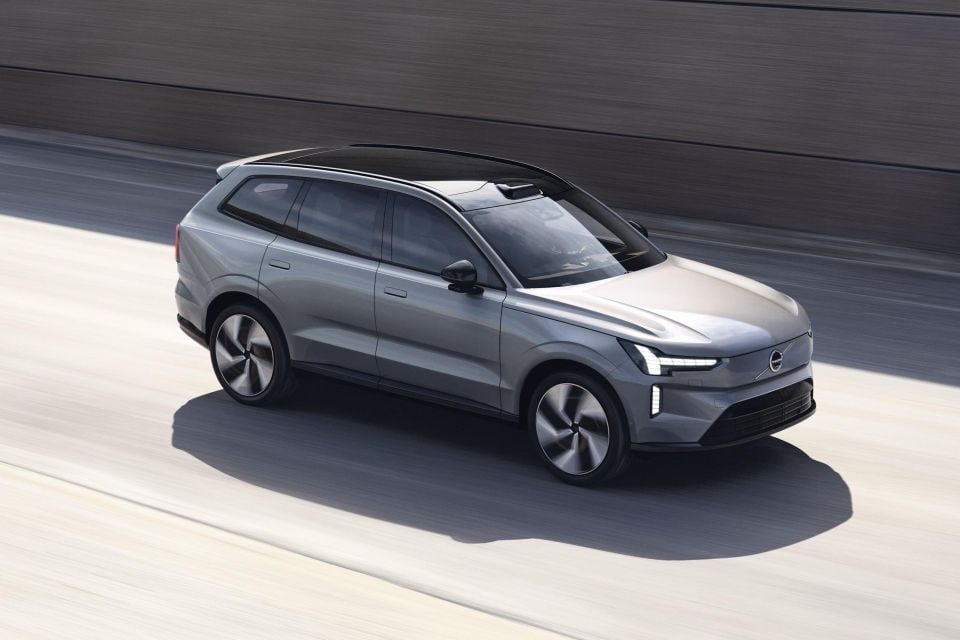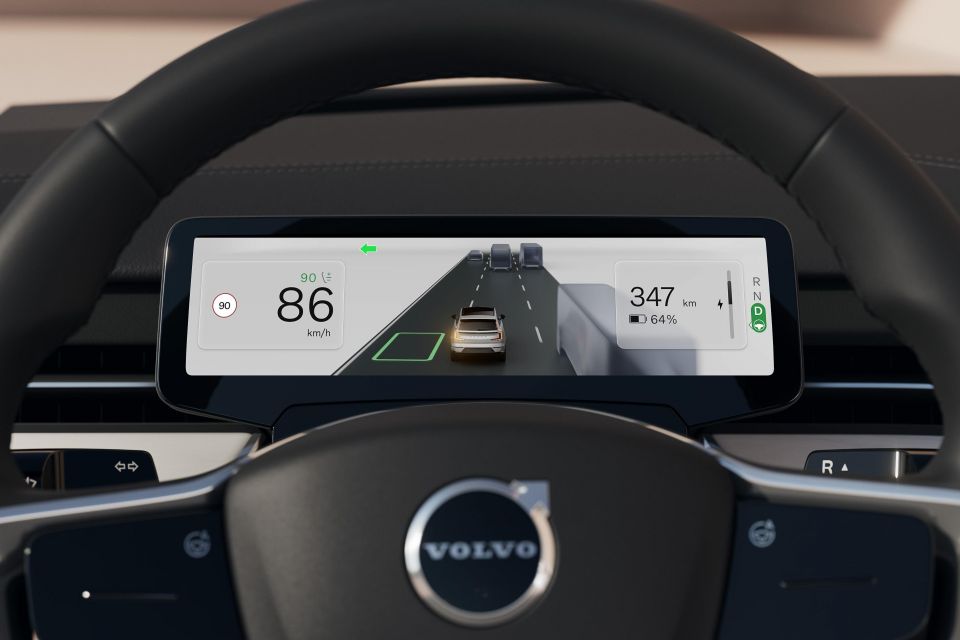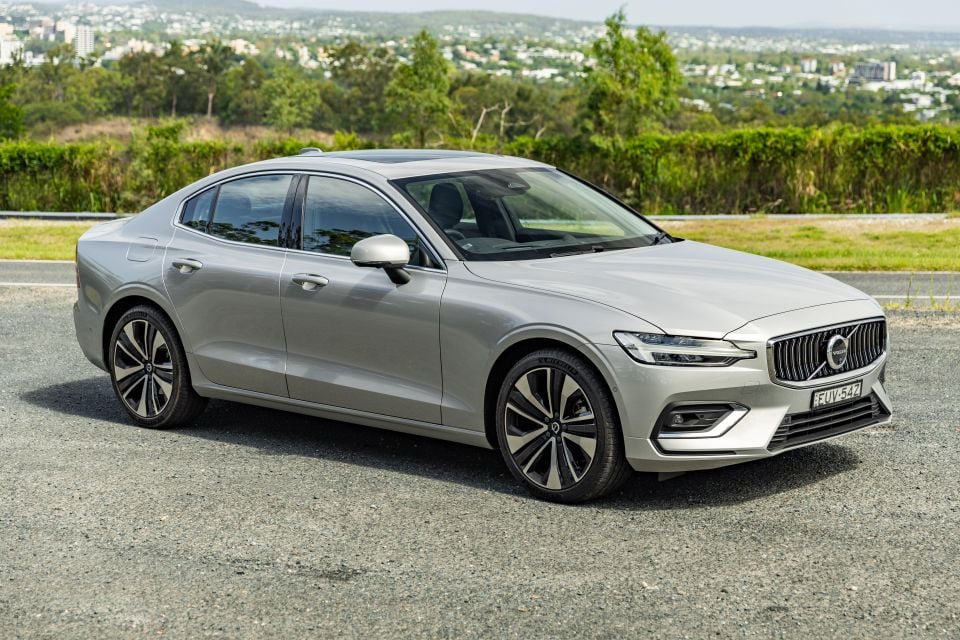

Max Davies
2026 Toyota HiAce review
6 Hours Ago

Founder
Volvo’s shift to full electrification has resulted in a change in its hardware and software integration strategy that the brand expects will eventually lead to increased margin growth.
Bjorn Annwall, the company’s chief commercial officer and deputy CEO, told CarExpert a move to shift software from Tier 1 suppliers will require more work up front, but pay dividends down the line.
“A car is like the systems that you buy from Tier 1s and you put them all together to get these black boxes with easy to use software in it and every time you need to change it, you need to change the software and…by the way, the compatibility between all of these things never kind of works,” said Mr Annwall.

“So you need to take control, you own the electrical architecture or the core computer architecture.”
“But we still going to need suppliers, but we’re not going to ask them to give us a hardware piece of black box and a software base. We’re gonna ask them to give us this hardware piece.
“And if we ask them to do a software piece for us, we will go, okay here’s the API. Here’s how we integrate and it’s open book and we see the code there’s not a black box. Then of course, we can’t take all of that at the same time.
“But the most crucial software bases we’re taking [over], we’re taking the kind of the DNA, some of the key infotainment we’ve looked at, the vehicle behaviour and so forth is what we’re taking over. Because, yes, that that’s a journey that’s happening right here right now for us.”

Volvo says it’s becoming a more vertically integrated automaker as it transitions to being an EV-only brand by 2030. It’ll go EV-only even sooner in Australia, with combustion-powered vehicles to be phased out by 2026.
“I think both the shift to AD [autonomous driving] which is, I think it’s more a shift to a core computer-based vehicle architecture and basically, the chorus computer on wheels, kind of a software-defined vehicle. That’s one big driver and the other driver is electrification,” said Mr Annwall.
“And on both of those we are getting more vertically integrated, first of all with electrification.
“You can’t be premium if you don’t have your own ICE [internal combustion engine] production…now, without becoming a fully electric company, we have spun off all our ICE development and our ICE factories and instead using those resources to integrate into making the electric propulsion more efficient.

“And part of the next S curve is getting that more efficient. Yes, it’s battery chemistry. Yes, it’s electric motors. Yes, it’s inverters. Yes, it’s battery management system. But it’s also how all of that plays together and how that plays together, getting integrated into vehicle architecture. “
“And as an example… when it comes to software-defined vehicles. It’s the same thing there.”
It’s a fascinating discussion because it’s a huge shift away from how Volvo previously built cars.

Prior to this the brand would take components from its Tier 1 suppliers and combine them to create an operating vehicle. This ultimately leads to lengthy delays and discussions to change small items from Tier 1 suppliers and then a further discussion about any effects beyond that single part.
This shift requires a significant amount of resources up front, but it ultimately results in the brand owning the software base that connects all of the hardware pieces together. This ultimately results in more control and more ease of use in the future when it comes to integrating these components or swapping them out.
Ultimately this shift away from relying on third party suppliers will also reduce costs and thus lead to improved margins.
Where expert car reviews meet expert car buying – CarExpert gives you trusted advice, personalised service and real savings on your next new car.
Paul Maric is a CarExpert co-founder and YouTube host, combining engineering expertise with two decades in automotive journalism.


Max Davies
6 Hours Ago


William Stopford
22 Hours Ago


Ben Zachariah
23 Hours Ago


Derek Fung
24 Hours Ago


Matt Campbell
1 Day Ago


William Stopford
2 Days Ago